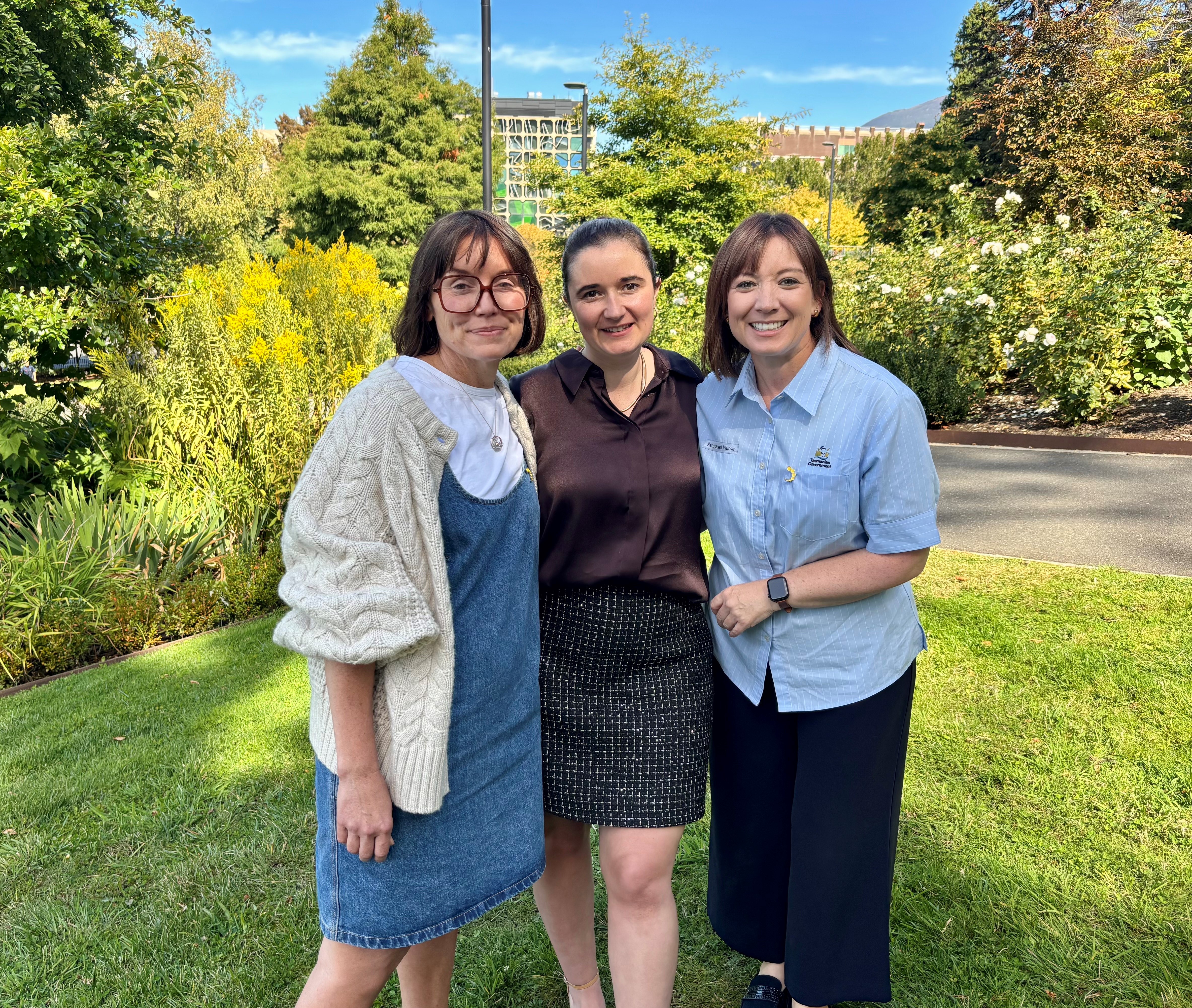Through her teenage years and early twenties, Annaliese was always told that her extremely painful and irregular periods were “normal.”
“I grew up with painful periods and it was always said that periods are always painful for everyone.”
After years of appointments and research, Annaliese was diagnosed with endometriosis in September last year at the age of 29 – a condition where tissue similar to the lining of the uterus grows outside of it in other parts of the body.
Symptoms can impact all aspects of a woman’s life and include severe pelvic pain, fatigue, heavy or irregular bleeding, and infertility. People living with the condition can also experience anxiety and depression.
“I have had my surgery and now I’m having ongoing treatment, mental health plan, medication to help and ongoing check ins with my gynaecologist to see what else can be done.
“It’s really hard to make plans and quite often I’ll get invited to things and I just don’t have the energy to even think about going, let alone going to it – endo is real, it’s debilitating,” Annaliese said.
It takes on average 6.5 years for someone to be diagnosed with endometriosis and impacts an estimated 1 in 7 Australian girls and women.

“There have been lots of barriers to diagnosis in the past, in particular, stigmatisation around women’s health and reproductive services,” Clinical Nurse Consultant at the Royal Hobart Hospital’s Gynaecology Services, Megan Rootes said.
“It’s not ‘one treatment fits all’ so there are surgical treatments, there’s medical treatments but then there’s complementary holistic treatments – acupuncture, psychological support, massage, exercise, diet.”
While there is a long way to go, Hobart gynaecologist, Dr Jacqueline Brown, said that things are steadily improving for patients and clinicians.
“We’re getting better sonographers to be able to look for endometriosis which is really important so we can actually see it before we jump straight into surgery.
“An old thought was that it only happened to older women and we’re finding now that it’s not the case. I have recently had patients who are teenagers that have deep endometriosis, so I think we’re learning things every day about endometriosis,” Dr Brown said.
“It’s starts at home – it’s the communication and the way that young women are being talked to about their periods and menstrual health,” Annaliese said.
March is Endometriosis Awareness Month – an opportunity to raise awareness for better community understanding, continued destigmatisation of women’s reproductive health, improved support from partners, family, schools and workplaces, and more vital research into the incurable condition.
Useful resources on endometriosis can be found here: